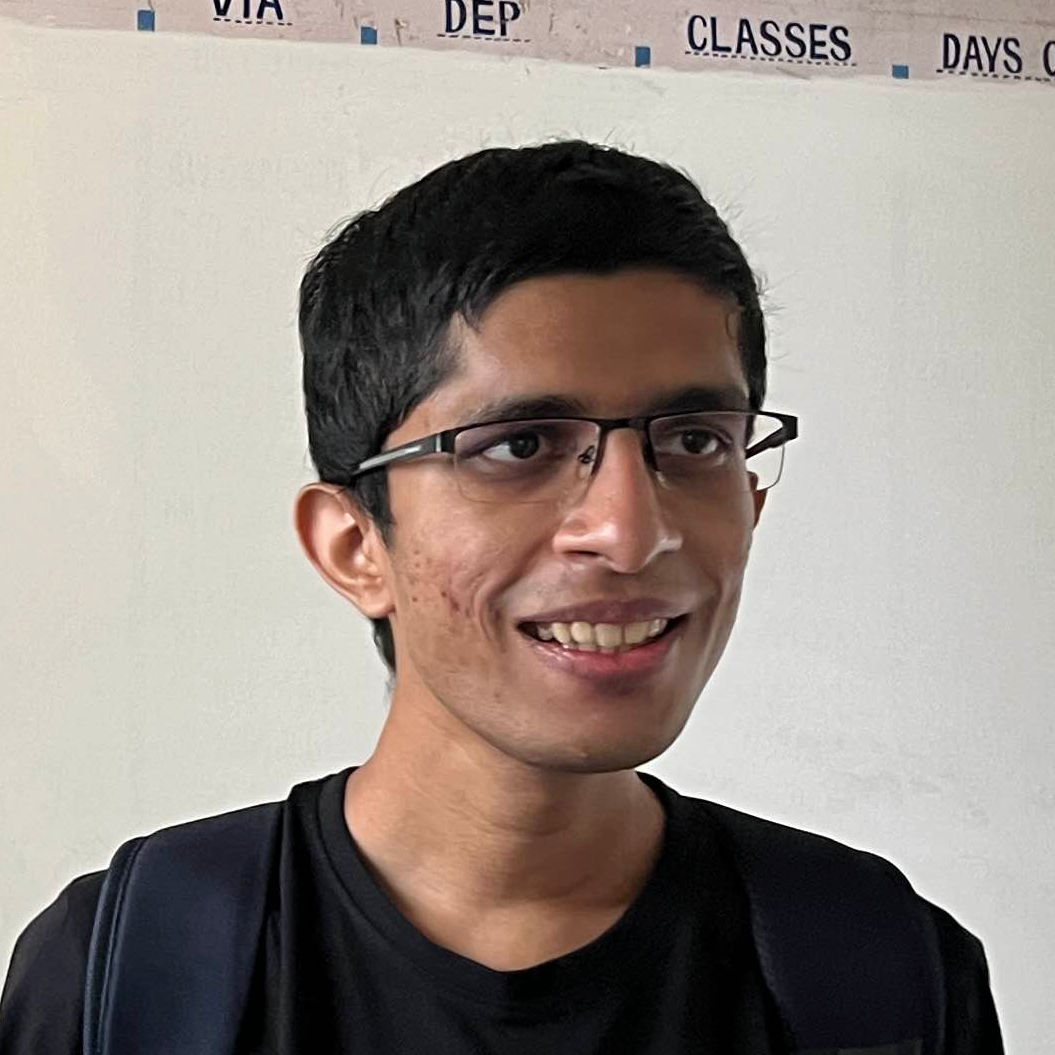Diagram Chasing is a collaborative publication focused on transforming open-data into accessible, interactive stories and web-applications that are of public interest. In our short existence, we've tackled diverse subjects—from uncovering electoral confusion caused by namesake candidates that may have swayed close races, to mapping Bangalore's natural drains, to making India's 10-million-row Time Use Survey searchable in any browser. Our upcoming project constructs the largest analyzable dataset of film censorship in India, making hundreds and thousands of cuts and modifications searchable for the first time.
In India, there is a gap not only in data availability but also usability. While we face legitimate challenges with open data access, we believe there's an equally significant problem with existing public data that remains functionally inaccessible to ordinary citizens. Projects like Who Is My Neta? showcase how familiar datasets from PRS and ADR can be meaningfully combined and, through thoughtful UX and design, made valuable to users. Our Time Use Explorer proves this point further: we cleaned the large, unwieldy Time Use Survey and developed a tool that researchers and journalists can query locally in their browser—no coding knowledge required. Our approach treats design and accessibility as core requirements, not afterthoughts.
Our code, data, and methodologies for all projects are available on GitHub under open licenses.
This talk will showcase concrete examples from our published works. We'll walk through our complete workflow: from idea to published interactive stories or web-apps, and explain why we believe open code, open data, and thoughtful design form an essential combination for public-interest data work:
Techniques for locating "public" government data that's technically available but practically inaccessible
Our methods for structuring messy, disparate datasets into human-readable and machine-analyzable formats
Making complex analysis approachable without dumbing it down
Case studies from our published work showing design decisions and their impact
Prioritising reproducibility and documenting methodology and limitations
Our tech stacks and technical considerations for developing stories and applications
Which track are you applying for?
Vivek Matthew

Aman Bhargava

+1. Fits the devroom. Enough content for a full-slot. Code is FOSS, Data is Open. Proposal is also focused correctly towards showcasing workflows - fits our open-data practitioners audience.
+1
+1